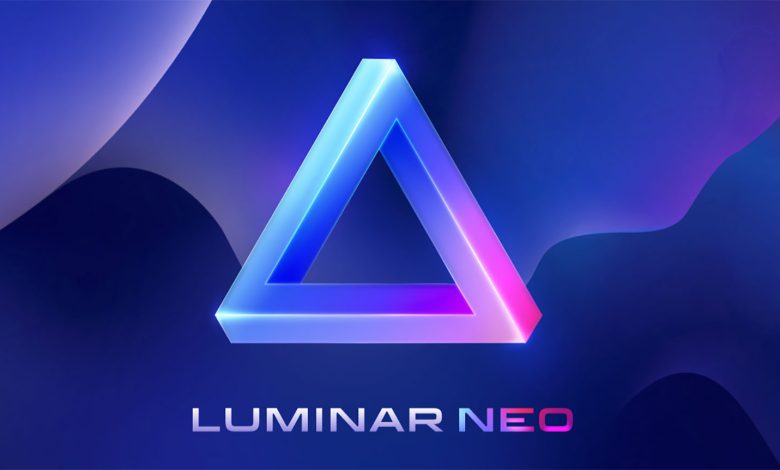
Professional photo editing software should help you move faster without lowering your standards. In real jobs, you deal with mixed lighting, tight deadlines, and hundreds of files that must look consistent across web, print, and social. Luminar Neo enters that reality with a clear promise — speed to a clean baseline, natural-looking fixes, and readable controls.
In this review, we focus on what matters to working photographers: how quickly you reach a reliable first result, how stable batches behave, and whether the output holds up in client proofs and prints. This breakdown shows where Luminar Neo accelerates the process as the best photo editing software for photographers and where you might still lean on other apps.
First Impression and Setup
Luminar Neo’s workspace is clean, labels are in plain English, and the Before/After toggle stays within reach, so decisions are quick. Import is snappy, previews build fast, and non-destructive editing lets you test ideas without fear.
Luminar Neo stays fast, stable, and predictable when a job jumps from 50 frames to 1500. If you want to know how to enhance a photo without hiccups and color/contrast inconsistencies, rely on Luminar Neo. Its batch features and moving previews allow you to develop a consistent and recognizable style and stick to it. Presets act as subtle starting points you can tweak and save as your standards. Within a session or two, you will have a dependable baseline you can apply across large sets.
What do photographers use to edit photos? Programs that let them navigate across vast file libraries quickly and easily. Catalog features cover the active-job essentials like albums, flags, and quick filters. Export recipes do the heavy lifting: set size, color profile, and output sharpening once for web, print, and proofs, then apply them consistently across galleries. If you prefer more advanced cataloging, such as in Lightroom Classic, you can install Luminar Neo as a plugin to enhance your current workflow rather than replace it.
AI Where It Helps Most
Which AI image editor is best for photographers? It is a tool where AI-based adjustments can be applied selectively, and a user can control their opacity for a realistic look. Luminar Neo matches these criteria.
Cleanups
When clients ask you to remove things from pictures quickly, Luminar Neo’s AI-based GenErase tool can remove power lines, signage, or stray objects in seconds without clone smears and unrealistic repetitive patterns. Knowing how to edit photos with AI means maintaining a balance between automatic adjustments and manual tweaks, especially in professional-grade shots. After performing the automatic cleanup, you should manually refine edges with a smaller brush for brickwork, foliage, or fabric.
Background Removal
Consistent and uncluttered backgrounds are paramount for product photography, social media visuals, and some genres of portraits, such as corporate headshots or fashion editorials. Luminar Neo’s AI image editing tools analyze your picture and detect the subject within seconds. In this case, it means seamless and edge-aware cutouts for a smooth background replacement in a few clicks.
Lighting, Colors, and Depth
Lighting can make or break your shots. Color inconsistencies can easily ruin your pictures’ appeal, especially in high-resolution printed formats. Manual tools (Color Harmony and HSL) are preferable for more precise modifications.
Knowing how to edit landscape photos means enhancing your image’s depth and highlighting its mood without overprocessed looks. Luminar Neo’s Sky AI and Atmosphere AI can be particularly helpful for this task. A careful dose of Structure on rocks or trees can make your photo deeper, but apply your adjustments sparingly and selectively to avoid unappealing crunchy looks.
In practice, these tools eliminate the tedious aspects of post-processing, allowing you to focus on choices that matter — subject clarity, color balance, and composition. They also slot neatly into batch work: apply a baseline preset on ingest, sync gentle relight and color moves, then do targeted AI passes on the handful of frames that need extra help. It will speed up your delivery and ensure a cohesive look without compromising creative control.
Pricing
Luminar Neo offers a perpetual license in the mid-range price segment, eliminating the problems with ongoing subscriptions. Teams benefit from simple onboarding because assistants can follow saved presets and export recipes with little training. That means fewer plugins to maintain, fewer handoffs, and fewer chances for settings to drift between editors. Luminar is also available as a cross-device ecosystem for smooth and uninterrupted edits and workflow synchronization on the go.
Conclusion
Luminar Neo proves itself where professionals feel the most pressure. It gets you to a clean baseline quickly, fixes the distractions that slow down approvals, and keeps color and detail predictable from the hero image to supporting shots. Use this editor as a reliable engine for everyday production. It will provide faster delivery and steady quality without friction.





